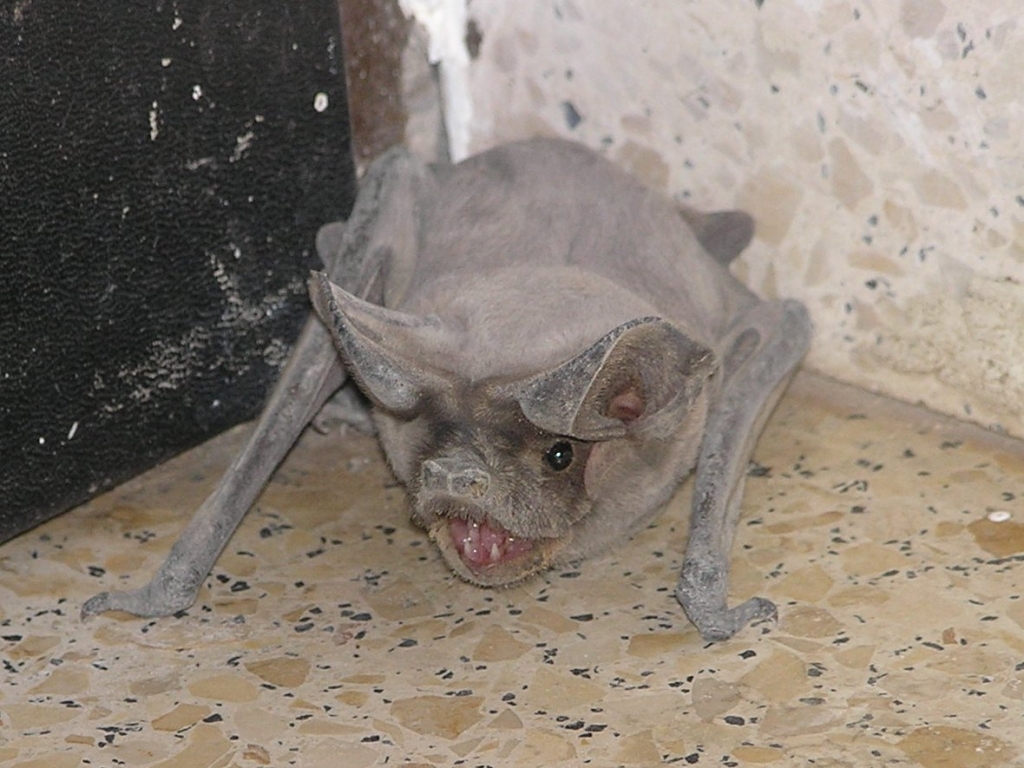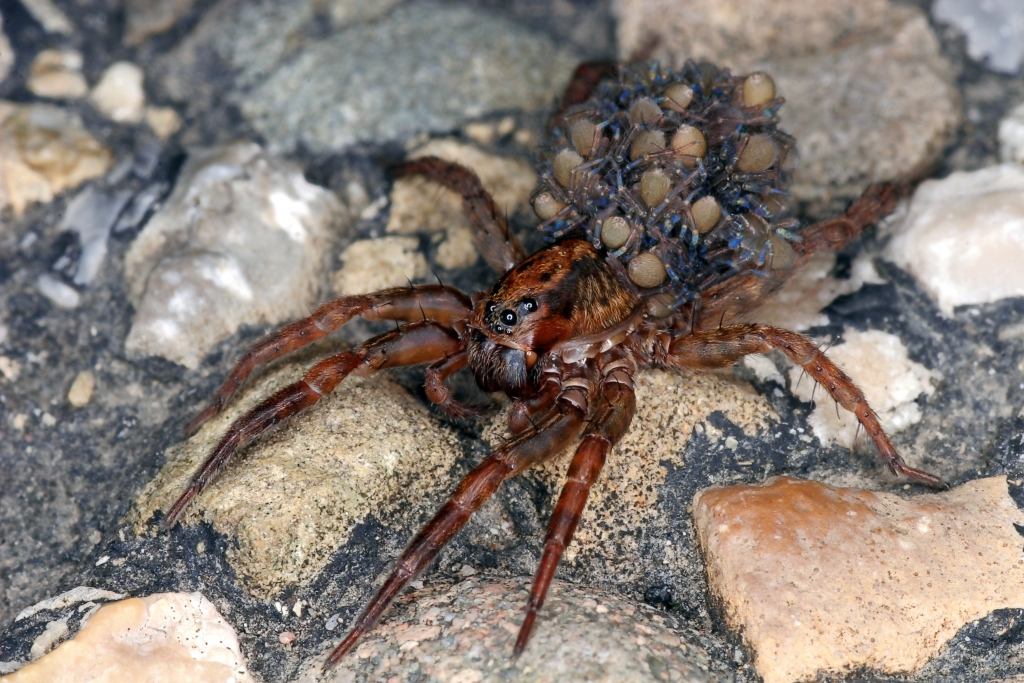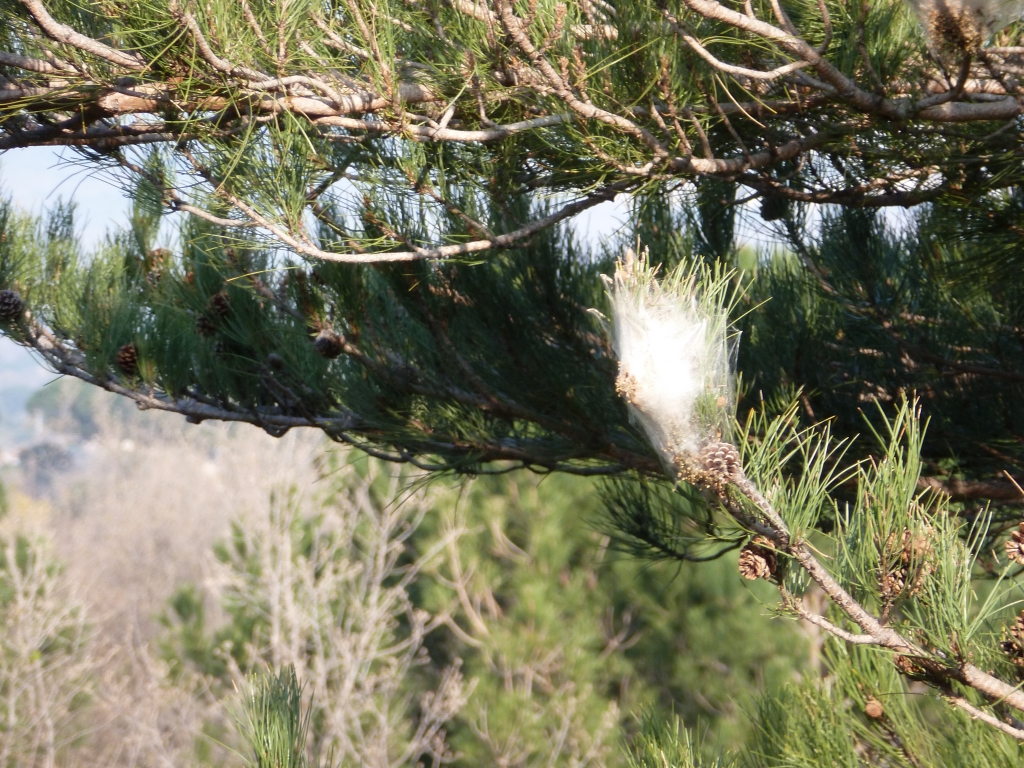To leave or remain in the PO? Many birds will be doing one or the other now that the breeding season is over and winter approaches. But each species is hardwired to make the right decision (birdbrains don’t need a referendum). And all the other creatures that stay are winding down – in some cases to a complete stop. Or are they?
Lesley McLaren investigates
Tortoises are certainly on a Go- Slower. Yes, we have wild ones here! The Albères Mountains are home for the last natural population of the Mediterranean Tortoise (Tortue d’Hermann). Rarely bigger than 18cm, they have bright yellow and black markings on their shells.

With that camouflage they are hard to spot, so one of the best ways to see them is to visit the Santuari de la Mare de Déu del Campa over the border in Gariguella. It’s dedicated to boosting and conserving the local population, and its information centre, small museum and tortoise enclosure (they have exotic species too) is open from March to end October. For more information, check out their website.
If, however, you are lucky enough to come across a Hermann when roaming the hills, try not to disturb him or her. They’re a protected species and absolutely must not be removed from their habitat and taken as pets.
Babies will only have hatched in September, but by end November they’ll be bedding down in a scrape under a bush, and won’t be active again until March next year.
DID YOU KNOW?
Hatchling tortoises have to fend for themselves from the off – and may stay very close to their birthplace for several years.
Birds don’t hibernate, so if conditions aren’t going to be right for them, they have to move. Migration began as early as July for some and is still ongoing. Frexiteers do so primarily because food is getting scarce, but the exact timing varies from species to species. Insect eaters, like swifts and swallows (martinets et hirondelles), left weeks ago. Many Short-toed Eagles (Circaètes Jean-le-Blanc) are also well on their way to Africa by now, for more plentiful supplies of lizards and snakes. Honey Buzzards (Bondrées apivores) too, but there will still be stragglers – especially some smaller species – in October. And this year, the local bird group (GOR) has reported some dozens of Booted Eagles (Aigles bottés) in reverse migration – heading north instead of south. This is most unusual and it’s thought that one or two might even over-winter in our area.
Even as late as November, if you hear a strange sound, like a cross between a turkey and a goose, it’s worth looking up (providing it’s daytime!), because high above you there may be a big V of Common Cranes (Grues cendrées), escaping the much colder climes of Russia. It’ll be February before any migrants start trickling back into the PO.

The Remainers continue to go about their business of course – but more quietly (noisy flocks of starlings excepted). There’s not much to sing about now the days are short and there’s no need to attract mates or claim territories.
Mammals stick around too, but some hibernate, including that Hammer Horror favourite: the bat. It’s the only mammal that has wings, and there are about 28 different types in the PO – all of which are protected. The largest of these, we understand, is the European free-tailed bat (Molosse de Cestoni), whose head and body alone measure 89mm – not counting 51mm of “fleshy and robust” tail!

Also called the Bulldog bat because his nose is wrinkled (small wonder, he pongs!), he is not the cutest. But, if not trapped in your bedroom, the Bulldog usually flies at a great height. So depending how you feel about bats, you may be glad that you’re unlikely to see these guys. Or smell them. And, come the first frosts, you shouldn’t hear them – or the rest of their kin – either. But they’ll be back next year when it warms up, helping to control those mozzies. We have much to thank them for.
DID YOU KNOW?
Some bats do migrate, from north eastern- to southern Europe. And all migrate shorter distances from summer roosts to winter hibernation sites.
So it’s Halloween. You’re wandering through the woods, hoping not to step on Hermann Jnr in the leaf litter, when something much smaller and faster than a tortoise skitters across the path in front of you. A mouse? It stops. You creep closer; bend down; see a lot of thick legs, big head, big eyes. It’s a spider! But its body – darker than the rest – is domed, ridged and pitted like a truffle. Is it deformed? Some kind of Hitchcock mutation? Before you can scream “OMG!” it scuttles out of sight – spookily fast.
After scouring books and Internet you finally find…

… it’s a Wolf Spider (Lycose radiée). A female to be precise, who only looks like this in October because her brood has hatched and, given that she’s a Supermum, she gives them all a piggyback! We’ve read (but can’t confirm) that if one falls off she’ll stop to wait for it to clamber up again. What is proven is that should she be attacked, the spiderlings shoot off in all directions to save themselves.
At 30mm in size, Wolf spiders belong to the tarantula family and, although they aren’t aggressive towards humans, their bite is apparently like a wasp sting. They live in tunnels dug in the earth, and catch prey not by spinning webs but by hunting it down. Perhaps this partly explains why Mum always has to take the kids with her when it’s dinnertime. No rest for her.
DID YOU KNOW?
Female Wolf Spiders also carry their egg sac, attached to spinnerets at their rear end. But they have to keep the sac from scraping along the ground. So it’s Bottoms Up!
Things are stirring higher up too. Some trees are teeming with hundreds of lives. Since moths laid eggs on pine needles in August, Pine Processionary caterpillars (Chenilles processionaires) have been busy hatching, feeding, growing, shedding their skins and growing some more, gathering into friendly sibling masses and spinning themselves increasingly cosy nests.

Unusually for caterpillars, they are at their most active in the coldest temperatures, feeding on pine needles. And they only emerge from that candy floss at night – probably to reduce the risk of predation. It seems that during this period they go no further than the host tree – no walkabouts on the ground. So the time when we and our pets are most at risk (from those urticating hairs) will be around March, or late February if it’s especially warm, when they finally come down, head-to-tail, with a sole aim: to find soil in which to pupate.

What all of this shows is that while many creatures enter a period of R&R each autumn, for some – especially those on the long, dangerous flight south – there’s no Go-Slow.


Hi. Just to say here, in the Fenouilédes we are enjoying morning walks to a chorus of larks and over bird song including spotted flycatchers, black caps, firecrest etc